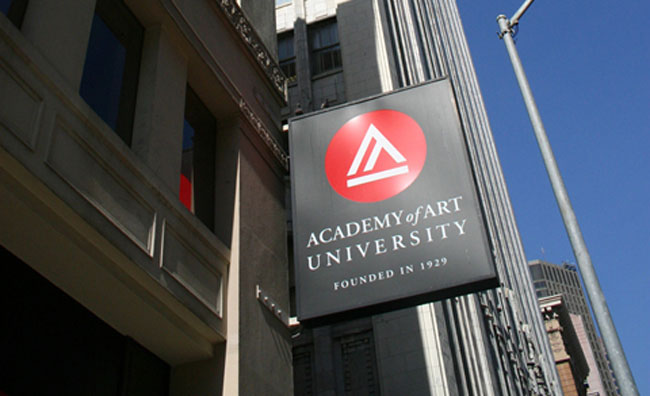You are the Fashion Department chief for the Academy of Art University, what is the goal of this school?
The School of Fashion at Academy of Art University creates an environment for students to learn and graduate with current industry knowledge and portfolios that match the industry standards of today. The school is set up to mimic the working environment of the industry by hiring working professionals as instructors so the students benefit from current working practices and creating collaborations so that students work together in design teams as they would at a fashion house. The studios, knitwear and textile labs have industry-standard equipment.
What are the projects you are working on?
The School of Fashion produces three large-scale fashion shows annually so students are constantly working on collections for these shows as well as other projects such as various industry sponsored competitions and scholarship initiatives. Moreover, 180 magazine is written and produced by Fashion Journalism students, as a chance to apply their skills in a real world context and work closely with the industry they are preparing to enter, as well as the Fashion School Daily is the School of Fashion’s blog.
The Academy of Art University of San Francisco is the only school to show at the New York Fashion week. What does this mean to students?
The school promotes its recent graduates with a show of this magnitude to showcase the designers’ debut collections to an audience of local, national and international media, fashion industry and store executives, recruiters, designers, to help secure job placement and to launch their careers. Many students receive job offers, good contacts and leads for jobs. For the students who are selected to participate in the fashion show, they receive professional runway images for their portfolios, look books and website.
Creativity, technique, talent: on which elements does the school focus to form a fashion designer?Creativity, technique and talent are all important elements. Instructors encourage self-expression and work on identifying the individual strength and design philosophy of each student. From there, the design aesthetic and level of technical skill is focused on as well as outlining each students goals to outline a path for them so that they can graduate with the skills needed to succeed in the industry.
The ICE project theme is “Sustainable and ecological fashion”, how is the issue going to be developed?
In 1998, the School of Fashion implemented a program of environmental and sustainable design options into the curriculum. The school offers courses in sustainable fashion, hosts guest lecturers who are experts and visionaries in the field, and organizes tours to local farms that use sustainable practices. By educating students on these issues, we hope to provoke them to find solutions, be responsible, think as an innovative designer, adopt sustainable practices as part of his or her design philosophy, and help share this awareness with an industry to find solutions and continue to make the transition to ‘green’ long after the trend fades.
Taking into account the global crisis and the costs of non-serial production, how can we guarantee the product quality without making it inaccessible?
By increasing consumer awareness of the value of high quality artisanal production, we can help to sustain the market for investment caliber fashion. Adding value in the form of intangibles such as heritage, legitimacy, transparency in the supply chain and bringing it to a level that consumers can relate to.
What does Made in Italy represents in the fashion system?
Made in Italy represents quality, luxury, tradition and heritage. Made in Italy represents the finest fabrics and the finest quality in construction. In addition to being beautifully crafted and long lasting, clothing made in Italy has meaning – with each piece made with care and produced in an ethical environment celebrating beauty. Made in Italy is the signature of luxury and quality.
What are the challenges, nowadays, for a fashion brand?
With Internet globalization and the insurgence of vertical quick response brands it is becoming increasingly difficult for fashion brands to maintain their individual identity. Good design is being diluted through the democratization of fashion. New styles are used as inspiration by quick response brands too quickly and filling the high street stores months before designer brands go to retail with new collections. Designer brands are cannibalizing their own aesthetic by creating “Masstige” partnerships with high street retailers. Offering designs at every price-point might seem like a good idea to increase market share in theory but in practice will just end up damaging the brand.



